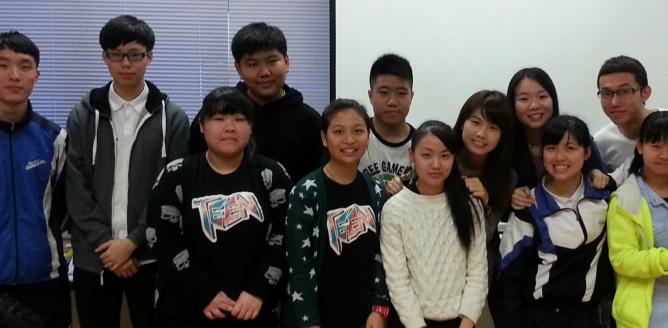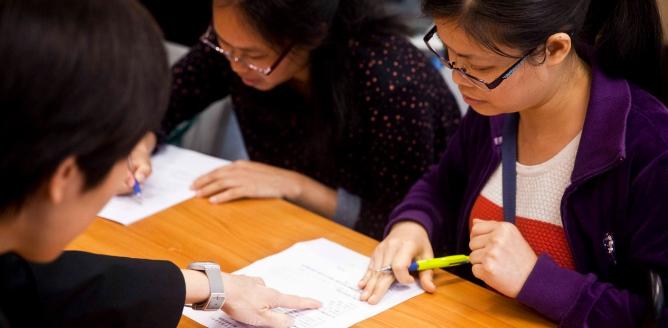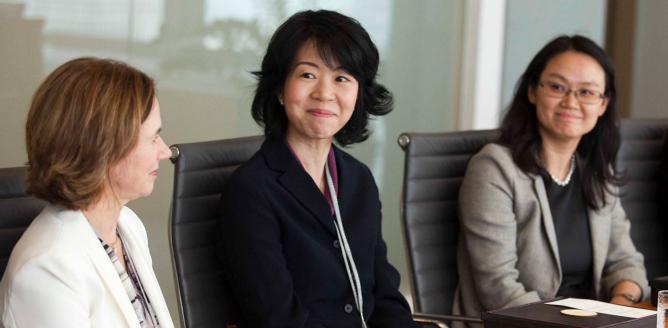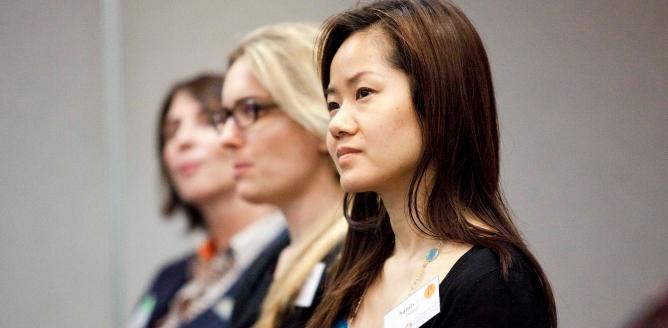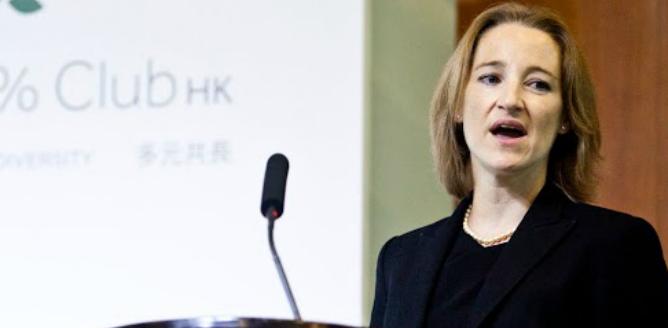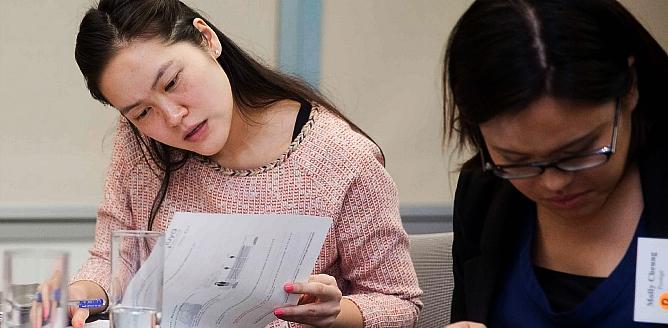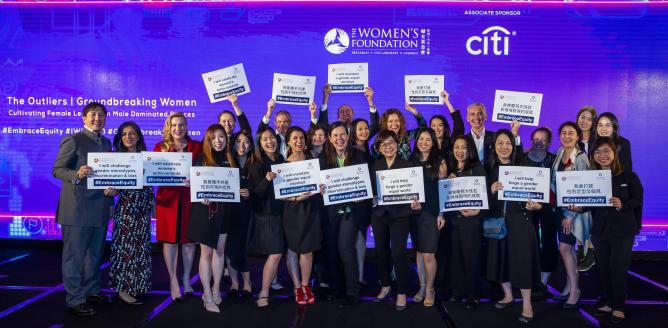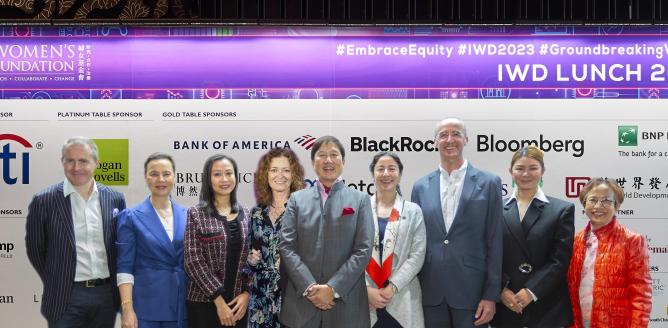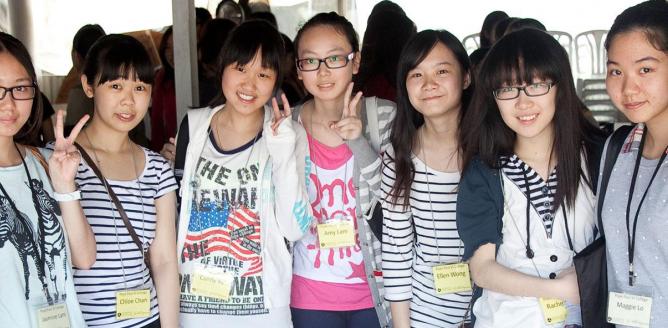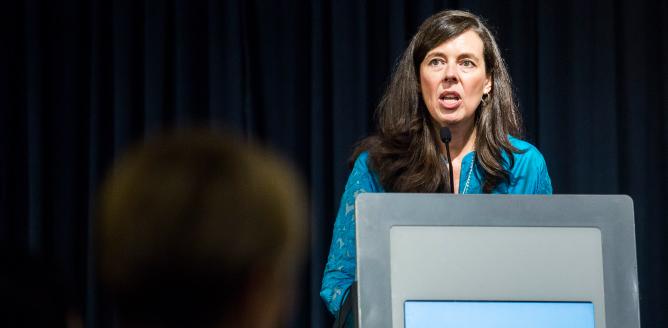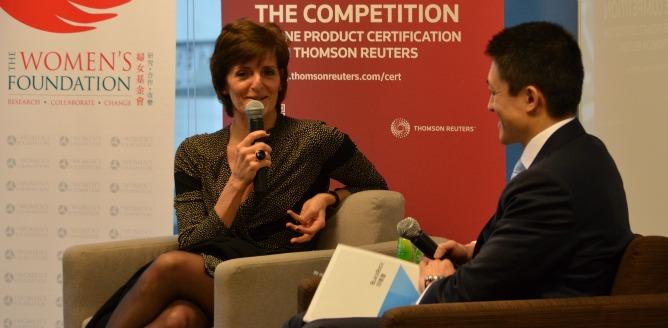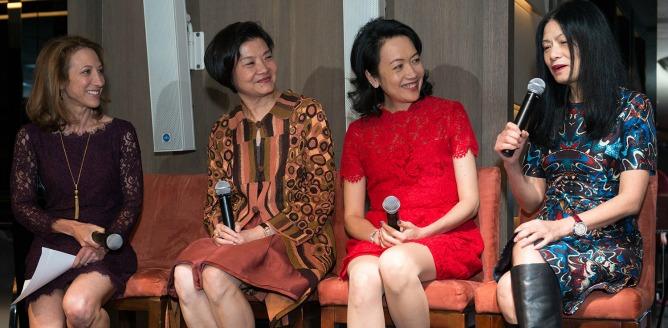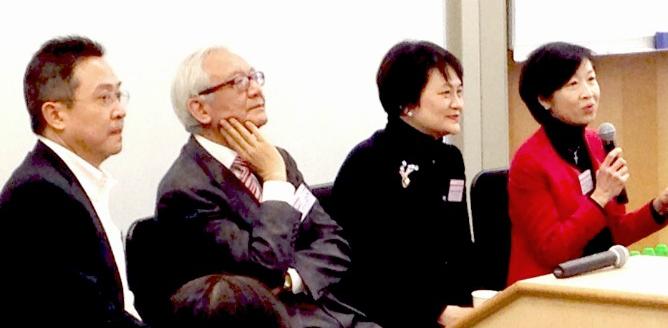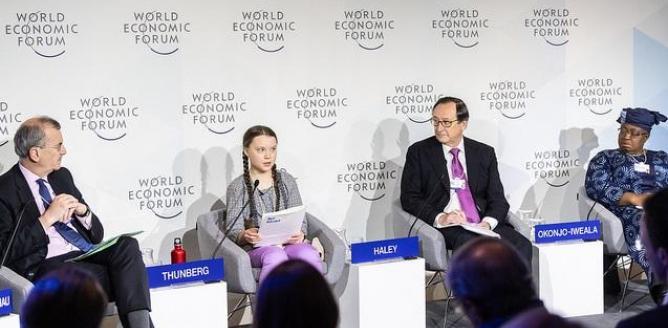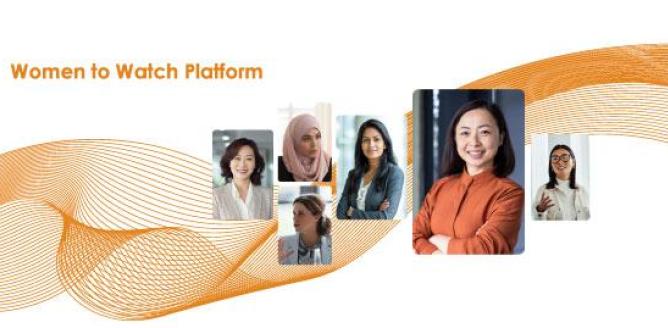“Women are like snowflakes, one alone may melt, but together we can stop the traffic” – Laura Liswood, secretary general of the Council of Women Leaders, speaking at Davos
What did Hong Kong Chief Executive Carrie Lam, IBM chief executive Ginni Rometty, International Monetary Fund managing director Christine Lagarde and Swedish student climate activist Greta Thunberg (pictured) have in common? They were among the nearly 700 women who attended the annual World Economic Forum conference in the Swiss ski resort of Davos last week.
For the third year in a row, a majority of WEF co-chairs were women. There were also a series of events dedicated to this issue, such as the Female Quotient discussions and the Women Political Leaders breakfast sessions. “Women’s representation at WEF is incredibly important as a signal to the business world,” said Julie Teigland, managing partner at EY Germany, Switzerland and Austria. “However, I believe that this is a process and it can’t happen overnight.”
Around 22% of more than 3,000 participants at Davos this year were women – the share was the highest ever – up from 13% in 2013. The number has been increasing, but not fast enough. Compared with last year, female representation only improved by one percentage point, and there is certainly a long way to go before women comprise 50% of attendees. On a positive note, Hong Kong was among the top 10 countries with the highest share of female delegates.
The gender imbalance at an elite gathering like Davos reflects the fact that political and business leadership positions are dominated by men. There are currently 11 women serving as head of state, and 10 as head of government. Female representation in the C-suite, where Davos attendees are traditionally drawn from, is not only severely limited, but are declining in numbers. Currently 24 of S&P 500 companies’ CEOs are women, down from 26 last year. Meanwhile, there are seven female chief executives in the FTSE 100 companies, which is equal to the number of male CEOS called Dave or David.
Numerous pieces of research have demonstrated that companies with more women in top positions yields better results. More women in government is linked to better population health and a McKinsey study finds that companies in the top quartile for gender diversity are 15% more likely to have financial returns above the industry average.
As part of our work to advance the number of women in decision-making positions, we launched the 30% Club Hong Kong which specifically aims to increase the number of women on corporate boards. Our recent Boardroom Series for Women Leaders looks to give aspiring and board ready women some of the skills and knowledge necessary for the transition to the boardroom as well as provide valuable opportunities for networking with board directors and executive search firms.
With collective efforts and the right strategies and initiatives in place, we can boost the number of women leaders at all level.
Let’s do this.
Get in touch at Fiona.Nott@twfhk.org.

